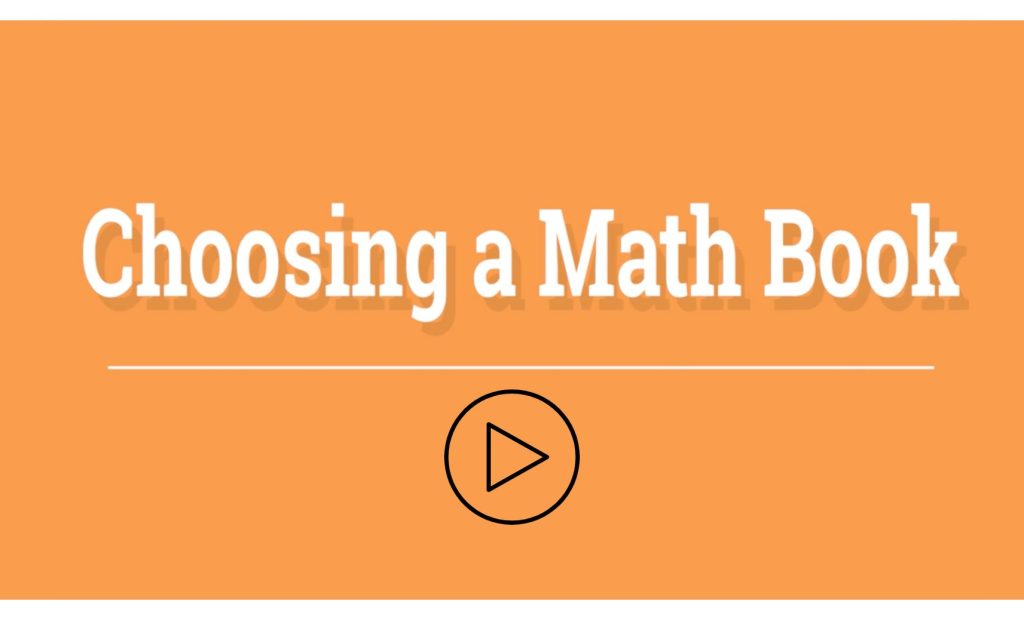Reading together offers many opportunities for young children to learn and practice math and literacy skills. With so many books available, how do you choose? What makes for a high-quality math picture book? Look for children’s books that have attractive artwork, that are fun to read, and that involve intriguing characters. Most importantly, the books should spark wonder and enjoyment.
To inspire and support families to engage in math learning together, the nonprofit Tandem, Partners in Early Learning collaborated with DREME to produce the video, Tips for Choosing a ‘Good’ Math Storybook. The video offers suggestions for choosing and using picture books to support children’s math learning, and recommendations of books that promote different early math skills. DREME offers storybook guides, including many in Spanish, to deepen exploration of math skills while reading together.
 Here are some more guidelines for choosing engaging books that support children’s developing math skills.
Here are some more guidelines for choosing engaging books that support children’s developing math skills.
Counting Skills
To build counting skills, look for illustrations where the objects are placed clearly on the page, so they are easy to count. It’s common to find books that explore numbers 1-10. Also aim for books that include zero and go beyond 10 into the teens and twenties. Books with opportunities to match pictures with numerals (e.g., 1, 2, 3) and number words (e.g., one, two, three) all on the same page can develop children’s understanding of number relationships.
Shapes Knowledge
Our world is made of shapes. Expand children’s shape knowledge by reading books that show an assortment of shapes and variations of those shapes—different colors, sizes, and orientations. An example is a triangle that has the base on top or on the side.
Books that describe the essential properties of shapes can help children learn the difference between shapes. “What makes a triangle a triangle? It has three corners and three sides. How is it different from a square?”
Measurement & More
Beyond counting and shapes, many books also offer opportunities to explore other key early math concepts, including measurement and addition and subtraction. Start with books that depict measurement words and concepts such as big and small, but also more complex words like wide, narrow, short, tall, light, and heavy. Make comparisons between the size and order of pictures: “The first one is heavier than the second one, but the third one is heaviest of all.”
Look for picture books that involve adding one or taking one away. For example, in “Ten Red Apples” by Pat Hutchins, each animal from the story eats—or subtracts—one red apple from the tree until there are none left.